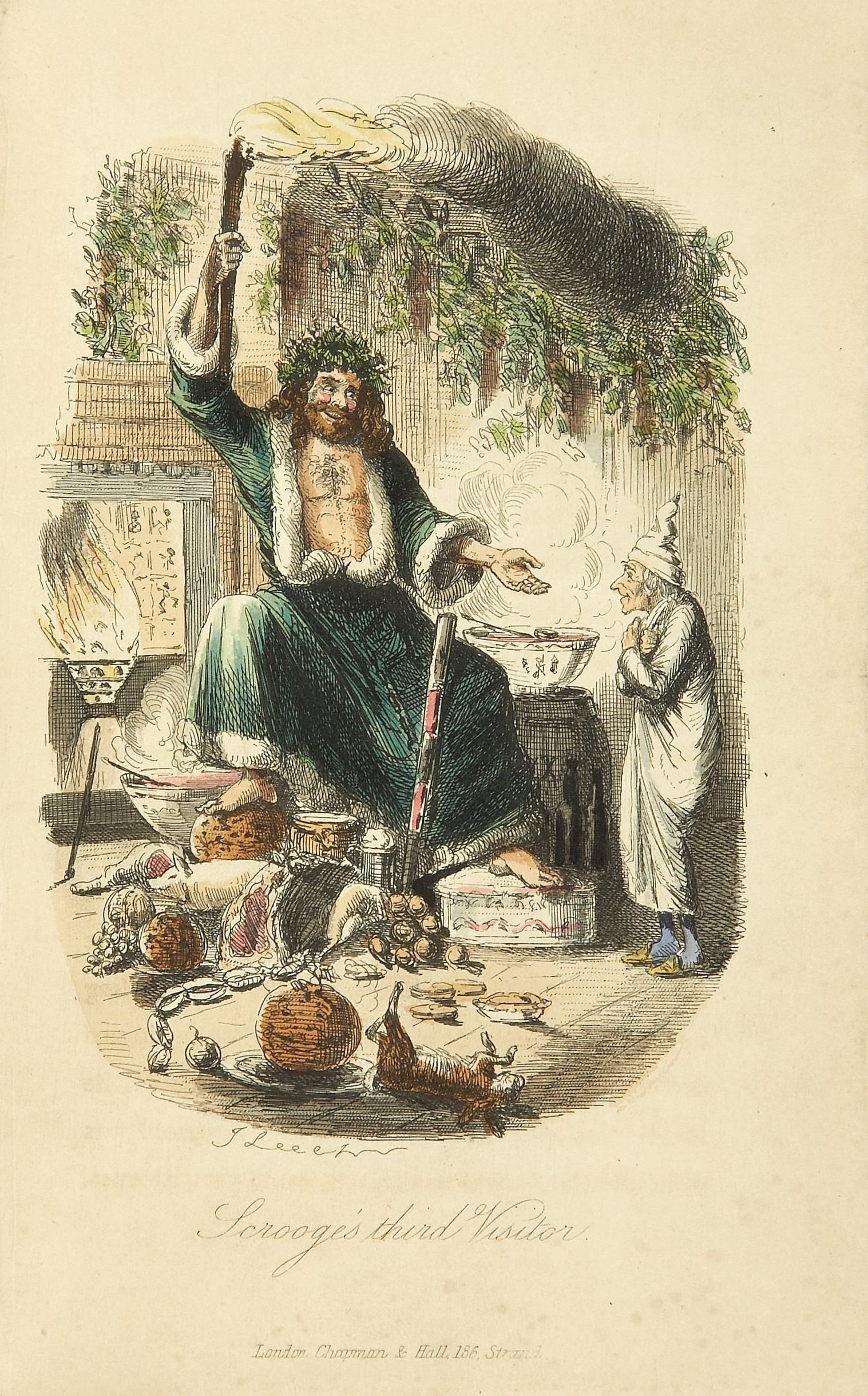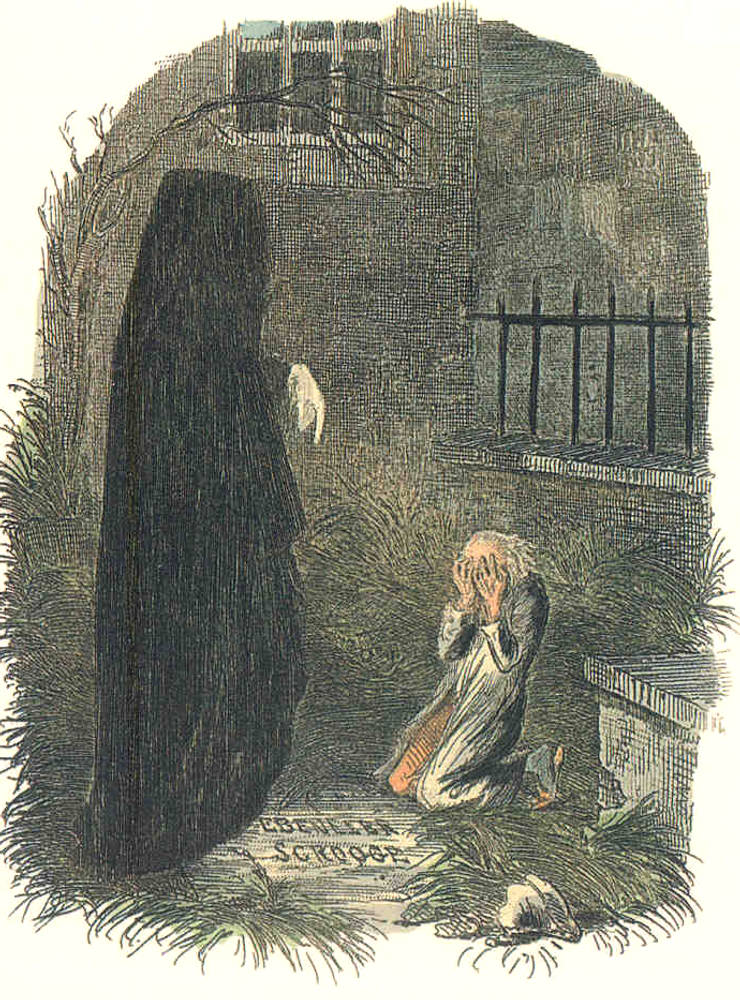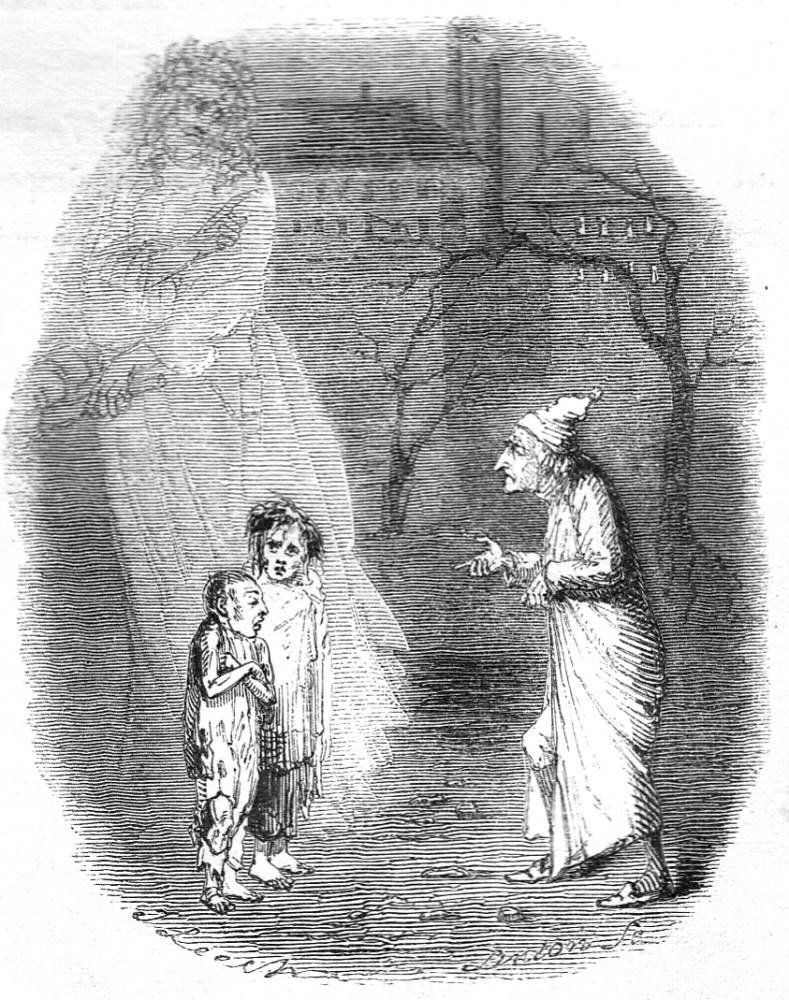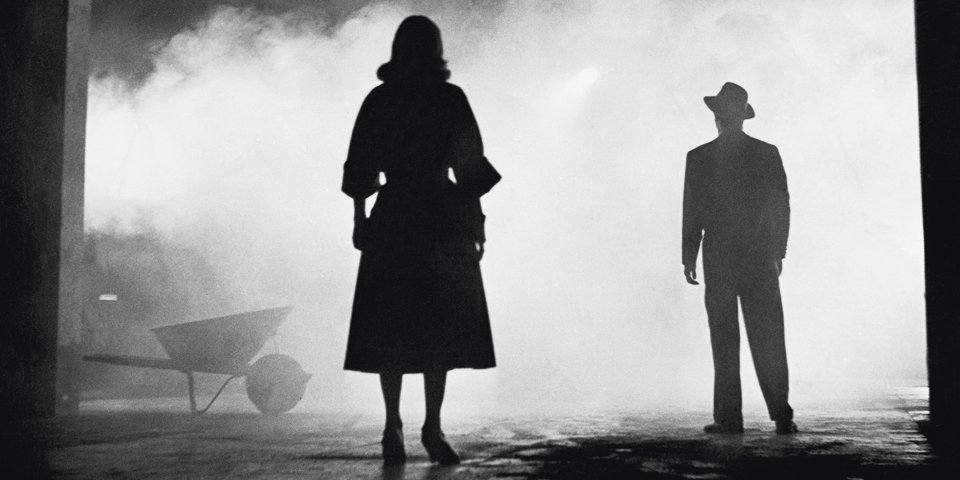Contrary to popular belief, Nazi propaganda minister Joseph Goebbels did not admit to spreading a “Big Lie.” As scholar of German propaganda Randall Bytwerk says, “Goebbels always maintained that propaganda had to be truthful. That doesn’t mean he didn’t lie, but it would be a pretty poor propagandist who publicly proclaimed that he was going to lie.” Still, Goebbels incessantly accused others of lying and spreading dishonest propaganda, and he brutally suppressed those truths he found inconvenient. He was particularly incensed at the 1937 release of a film by French director Jean Renoir (son of the painter Pierre-Auguste Renoir) called La Grande Illusion — a film that questioned several fantasies the Nazis seemed desperate to maintain.
Among these were the idea that war was inevitable and desirable, that a natural aristocracy should rise above the common horde — and that elites should have no solidarity or sympathy for Jews or other minorities. These beliefs were central to fascist ideology and to Goebbels’ propaganda project. Renoir’s Grand Illusion undermined them all, despite the fact that it was set in World War I and based on an even earlier British book, Norman Angell’s The Great Illusion, from 1909, which argued that war in Europe was economically destructive in contrast to mutual co-operation. Goebbels so feared Renoir’s anti-war film he called it “cinematographic enemy number one” and ordered every print turned over and burned and the original negatives destroyed.
Cinema Tyler explains in the video at the top how the effort to stamp out The Grand Illusion “had the full might of the Nazi propaganda machine on a mission to destroy every copy.” They failed. As Roger Ebert notes, the original negative, assumed destroyed in a 1942 Allied air raid, “had already been singled out by a German film archivist named Frank Hensel, then a Nazi officer in Paris, who had it shipped to Berlin.” In the 1960s, Renoir himself “supervised the assembly of a ‘restored’ print,” Then, thirty years later, at the time of Ebert’s writing in 1999, the original negative resurfaced and a sparkling new print circulated, renewing praise for a movie about which Franklin Roosevelt proclaimed, at the time of its release, “all the democracies in the world must see this film.”
The film came out as Nazi Germany and the Soviet Union squared off aggressively in monumental pavilions for the 1937 International Exposition of Arts and Technics in Modern Life in Paris. Germany was three years away from invading France, and while Renoir could not have known the future, the film uses its characters “to illustrate how the themes of the first war would tragically worsen in the second,” Ebert writes. It centers on three captured French officers: “De Boieldieu (Pierre Fresnay), from an old aristocratic family.… Marechal (Jean Gabin), a workingman, a member of the emerging proletariat, and Rosenthal (Marcel Dalio), a Jewish banker who has ironically purchased the chateau that de Boieldieu’s family can no longer afford.”
The French officers’ jailor, wounded pilot von Rauffenstein (played by great German silent director Erich von Stroheim), believes himself to have more in common with de Boieldieu than the latter does with his countrymen, and in many respects, this proves so. Still, the French aristocrat uses his privilege, as we might say today, to help the other prisoners escape, at the cost of his life. When Marechal and Rosenthal are given shelter by a German farm widow, “perhaps Renoir is whispering that the true class connection across enemy lines is between the workers, not the rulers,” writes Ebert. Perhaps it was also the national solidarity among the prisoners that unsettled Goebbels — their persistent, “single obsession: to escape,” despite the comforts of their captivity, as the film’s trailer says dramatically above. The war had not yet begun, and yet, writes A.O. Scott at The New York Times:
In France the late 1930s were the years of the Popular Front, an attempt by the left to counter the rise of fascism and overcome its own tendencies toward sectarianism and orthodoxy. The political face of the front was Léon Blum, a moderate Jewish Socialist whose two truncated, frustrating terms as prime minister coincided with the production and release of Renoir’s film.… The action takes place during World War I (in which Renoir had served as a pilot), when the Dreyfus Affair was still a recent memory, but it has an eye on contemporary anti-Semitism and labor militancy as well as a subtle, anxious premonition of global conflicts to come.
Grand Illusion not only inspired two of the most famous moments of film history — the tunnel in The Great Escape and the singing of “La Marseillaise” in Casablanca — but it remains in its own right one of the greatest films ever made. (Orson Welles claimed it as one of only two films he would take with him “on the ark.”) It continues in its “gently ironic” way, to “question all kinds of ‘illusions,’ ” writes David M. Lubin, “that, in [Renoir’s] view sustain modern warfare: that one side is morally superior to the other… that class divisions are natural, that men must be conventionally manly, that Jews are inferior to Gentiles, and so forth.” Rather than simply denounce Grand Illusion as a big, propagandistic lie, Goebbels tried to have it snuffed out of existence.
Related Content:
Education for Death: The Making of the Nazi–Walt Disney’s 1943 Film Shows How Fascists Are Made
Rediscovered: The First American Anti-Nazi Film, Banned by U.S. Censors and Forgotten for 80 Years
Watch a Gripping 10-Minute Animation About the Hunt for Nazi War Criminal Adolf Eichmann
Watch Georges Méliès’ The Dreyfus Affair, the Controversial Film Censored by the French Government for 50 Years (1899)
Josh Jones is a writer and musician based in Durham, NC. Follow him at @jdmagness







